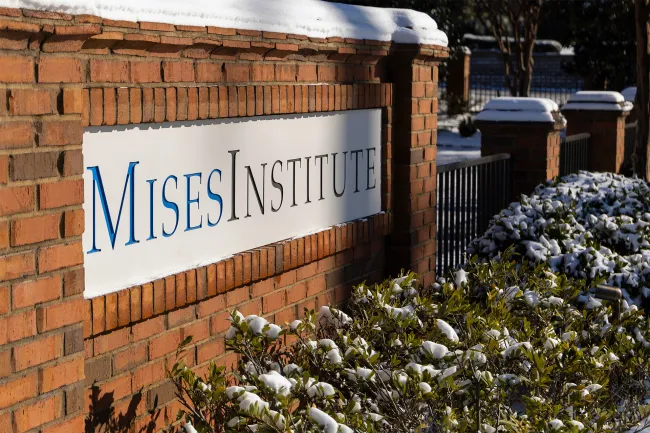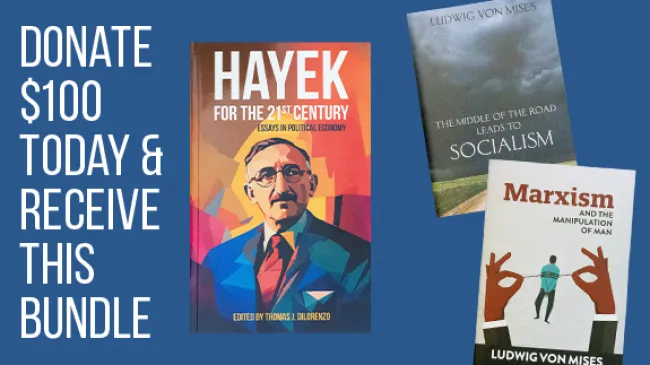For decades, the Democrats and establishment Republicans have advocated for continuously expanding the role of the federal government, especially the authority of the “experts” in the executive agencies. The bargain suited these congressmen focused on retaining power: they passed vague laws, let agencies interpret them broadly under the White House’s direction, and shifted blame to the administration when public dissatisfaction grew.
Over time, the judicial system established case law that reinforced this framework. One notable example is the Supreme Court case Chevron v. National Resource Defense Council which resulted in the development of the Chevron Doctrine. The Chevron Doctrine became well-known for its role in interpreting federal law: if Congress had not addressed a specific issue within its legislation, courts would defer to the agency’s interpretation as long as it was considered reasonable.
The gradual delegation of responsibility has resulted in successive Presidents of the United States wielding increasingly expansive executive powers, contributing to the growth of the imperial presidency. At Tablet Magazine, Michael Lind writes, “what we appear to be heading toward, or living through, is a series of temporary, elective dictators, who not only reverse the decrees of their predecessors by their own decrees.” Whenever both political parties have risen to power, there has been limited efforts by Congress to regain their constitutionally-vested powers. Both political parties pay lip service to the idea that the other party in power has exceeded his authority, while the respective Departments of Justice find legal justifications for each action.
Up until President Trump’s second term, few (if any) conservative presidents had been willing to exercise the raw power of the state on domestic issues. Conservatives had generally campaigned on limited government and cutting regulations, so it appeared that they were hesitant to exert the type of control necessary to advance a conservative agenda through the agencies. This restraint had given progressives a false sense of security that the instruments of power (on domestic issues) that they had built would only be waged in their preferred direction. Since Donald Trump’s first election to the presidency in 2016, significant initiatives have been undertaken to examine and reveal the foundational structures of what is often referred to as “Permanent Washington.” “Permanent Washington” refers to the many congressional staffers, agency experts, lawyers, and lobbyists who stay in Washington after members of Congress leave office; they have also been those most affected by President Trump’s actions.
Trump 2.0 versus Trump 1.0
The second Trump administration has been markedly different and arguably more effective in advancing their stated priorities. During the first Trump administration, many establishment Republican figures adopted populist right-wing rhetoric but did not pursue significant policy measures aligned with those messages. Whereas, the second Trump administration has followed through with its populist agenda through both policy and staffing.
The cornerstone of Trump 2.0 has been his administration’s reinvigoration of tariffs. Back on April 2, 2025, the President launched “Liberation Day” to introduce universal tariffs on allies and foes alike. Putting aside the merits of universal tariffs, Trump 2.0 levied these tariffs based on a “national emergency” declaration under the International Emergency Economic Powers Act of 1977 (IEEPA). According to a Fact Sheet published by the White House, the national emergency is based on “the large and persistent trade deficit that is driven by the absence of reciprocity in our trade relationships.”
From a regulatory perspective, the Trump administration has made efforts to significantly restructure the federal agencies, including the Consumer Financial Protection Bureau and other independent agencies such as the National Labor Relations Board, the Federal Trade Commission, and the Federal Reserve. These agencies are part of the executive branch but operate independently of presidential control. In other words, Congress designed these agencies to operate autonomously relying on “experts,” who are insulated (without cause) from political accountability to the democratically-elected president.
Conclusion
For decades, the expansion of the executive branch’s authority—driven by vague congressional legislation and judicial precedents like the Chevron Doctrine—has empowered unelected agency “experts” and fueled the rise of an imperial presidency, with both Democrats and establishment Republicans exploiting this framework while deflecting accountability. Trump 2.0, however, has marked a seismic shift as its aggressive use of executive power through universal tariffs under the IEEPA and restructuring of independent agencies like the CFPB and Federal Reserve, has shattered the progressive illusion that the administrative state would only serve their ends, revealing a new conservative willingness to wield state power for their goals. This transformation raises questions about whether the imperial presidency and the “fourth branch” become permanent fixtures or temporary aberrations.


